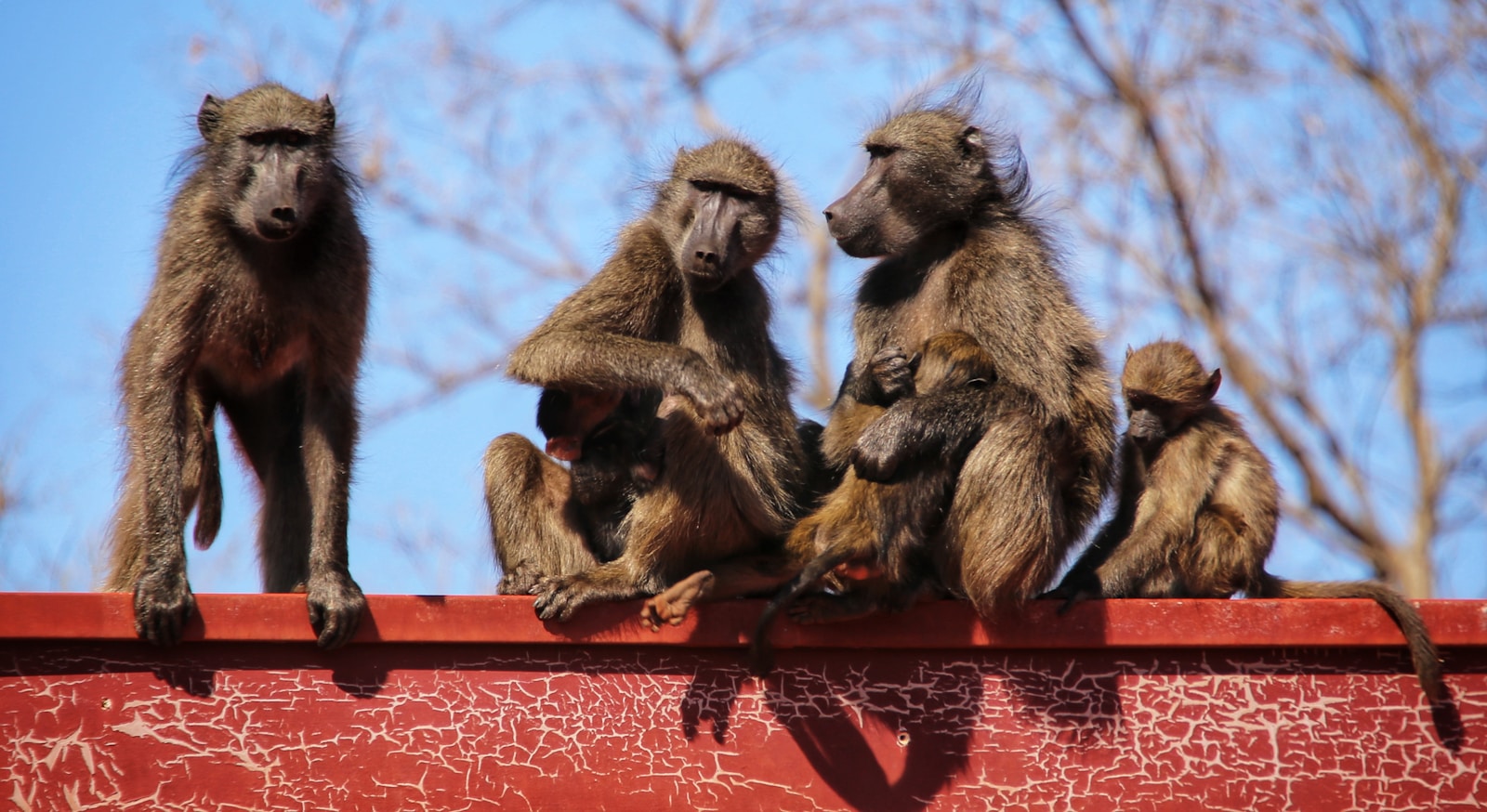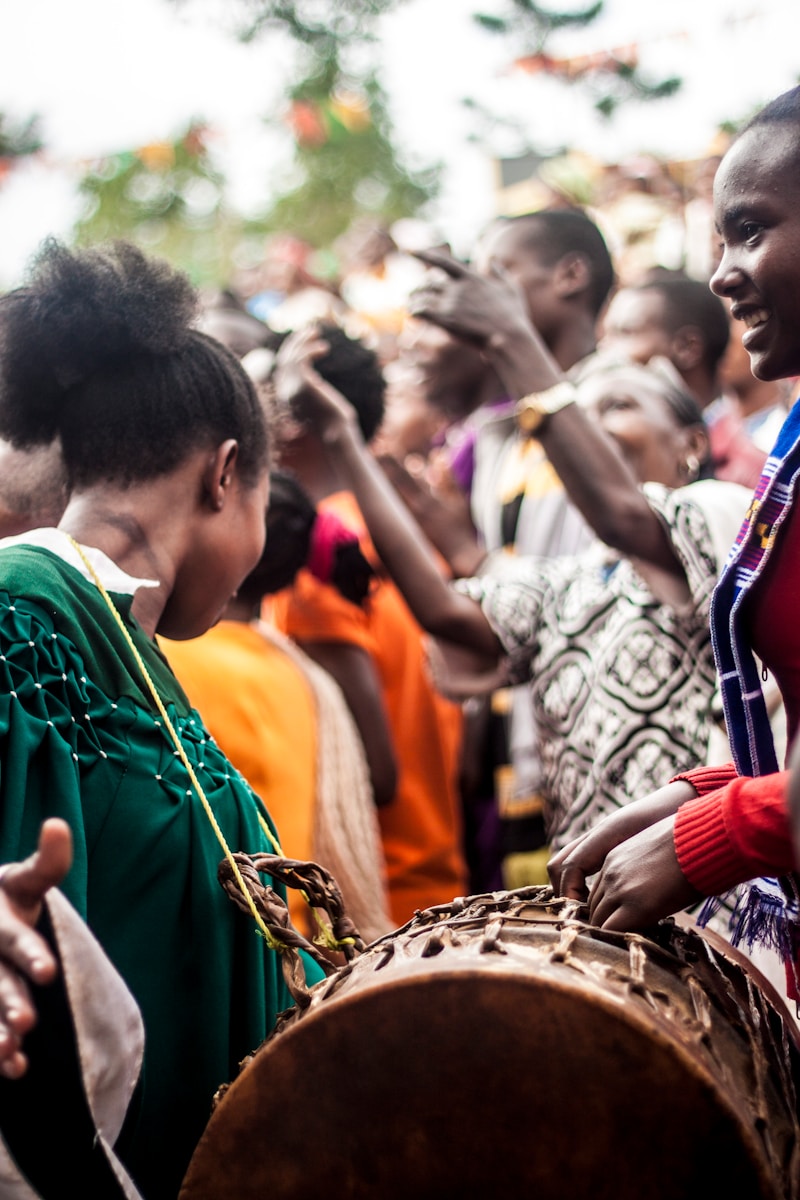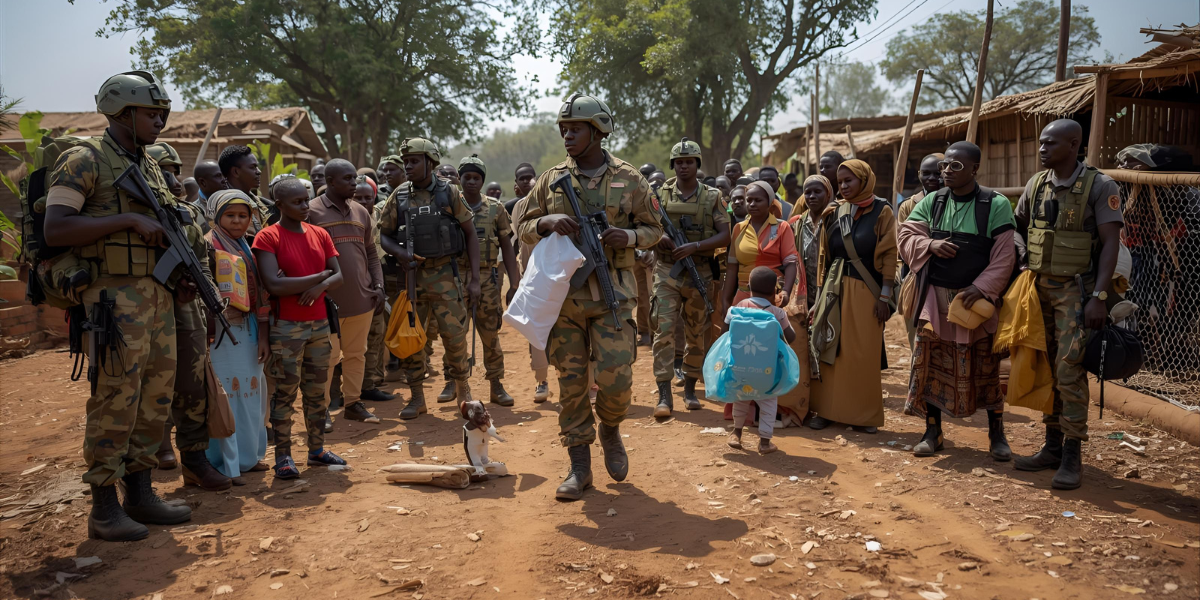Stowaway Baboons: 5 Shocking Rescue Stories from Ships
The story of stowaway baboons traveling from Cape Town to Durban has captured worldwide attention. These daring primates snuck onto a cargo ship, embarking on a journey fraught with danger and uncertainty. Their unexpected voyage offers a unique glimpse into the resilience and cleverness of wildlife in urban and maritime environments.
1. The Unexpected Boarding
On a calm morning in Cape Town harbor, crew members noticed unusual movement near the cargo hold. Initially thought to be a minor disturbance, it soon became clear that two baboons had found a way aboard unnoticed. Stowaway baboons are rarely observed in port cities, making this incident both shocking and intriguing. Their ability to evade detection underscores their intelligence and adaptability in human-dominated spaces.
2. Dangerous Voyage at Sea
Once the ship set sail towards Durban, the stowaway baboons faced a series of life-threatening challenges. Exposure to harsh weather, limited food and water, and the stress of confinement put their survival at risk. The crew, initially unsure of how to handle the situation, took extraordinary measures to monitor and protect the animals. This part of the story highlights the unexpected challenges wildlife face when intersecting with human transportation.
3. Crew’s Heroic Rescue
As the ship approached Durban, the crew executed a careful rescue operation. They used specially designed cages and humane traps to secure the baboons without causing injury. The rescue not only saved the animals but also ensured the safety of the crew. For more on similar wildlife rescue missions, you can check this detailed article on wildlife rescues. The operation became a celebrated example of maritime vigilance and animal welfare in practice.
4. Arrival in Durban
When the ship finally docked in Durban, local authorities were alerted to the presence of the stowaway baboons. Specialized wildlife teams boarded immediately, conducting health checks and ensuring the animals were unharmed. Stowaway baboons often experience extreme stress during such journeys, making careful handling essential for their well-being. Their arrival drew attention from local media, highlighting the unusual but captivating story.
5. Rehabilitation and Care
After rescue, the baboons were transferred to a secure wildlife rehabilitation center where experts monitored their recovery. Nutrition, behavioral enrichment, and medical attention were provided to restore their strength and mental health. This phase demonstrates how human intervention can play a crucial role in wildlife survival. For more insights on animal rehabilitation, see our comprehensive guide to wildlife care.
6. Lessons for Port Authorities
The incident of stowaway baboons has prompted ports across South Africa to reassess security measures and wildlife monitoring protocols. Preventing animals from accessing cargo holds not only protects the animals but also ensures crew safety and operational efficiency. Authorities are now implementing new observation systems and routine inspections, inspired by the lessons learned from this unusual case. Such measures underline the importance of proactive strategies in safeguarding both humans and wildlife.
7. Public Fascination
The story of the stowaway baboons quickly captured public imagination, with social media buzzing with updates and photos. People were fascinated by the audacity of these animals and the dramatic rescue operation. Such stories remind us of the unpredictable interactions between humans and wildlife, sparking conversations about conservation and responsible coexistence.
8. Scientific Observations
Researchers used the opportunity to study the baboons’ behavior during stress and confinement. Observations revealed remarkable problem-solving skills and adaptability, offering insights into primate intelligence. The findings contribute to broader understanding of animal cognition and can inform strategies for wildlife management in urban and maritime environments.
9. Preventing Future Stowaways
Following this incident, maritime authorities developed stricter measures to prevent stowaway animals. Enhanced surveillance, better cargo inspections, and awareness campaigns are now in place to avoid similar scenarios. Stowaway baboons serve as a case study, emphasizing that even small wildlife interventions can have significant safety and ecological impacts.
10. Community Involvement
Local communities and NGOs played a role in ensuring the baboons’ safe relocation and rehabilitation. Volunteer programs and educational initiatives helped raise awareness about wildlife protection. Collaboration between ports, authorities, and communities illustrates how collective action can safeguard both humans and animals from unexpected situations.
Conclusion
The saga of the stowaway baboons traveling from Cape Town to Durban is a testament to resilience, intelligence, and the importance of human intervention in wildlife protection. These incredible rescue stories highlight lessons for maritime safety, animal welfare, and public awareness. By learning from such incidents, we can ensure safer interactions with wildlife while fostering empathy and understanding across communities.




